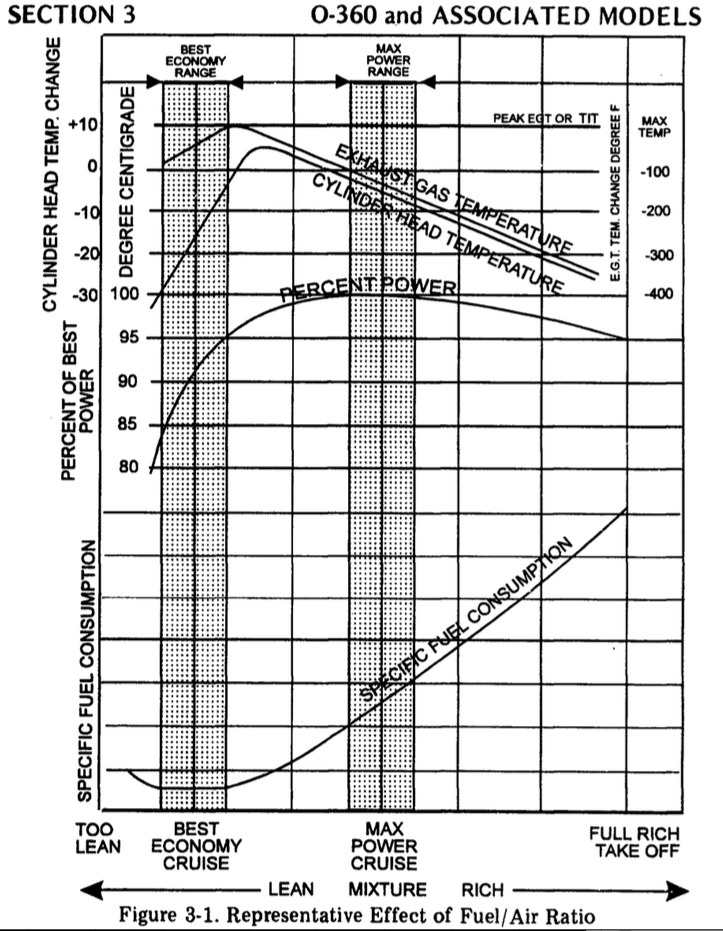SepticTank
Filing Flight Plan
- Joined
- Jan 24, 2022
- Messages
- 28
- Display Name
Display name:
SepticTank
I haven't done a lot of cold weather flying, but did a 5 hour trip this weekend in cold (to me) weather with OATs running about 0 degrees Fahrenheit. During my trip, I noticed that my CHTs were averaging about 310 degrees and went all the way down into the white to 250 during descent. I typically run them between 350 and 380, but could not get them up even leaned out a max RPM.
Is there anything wrong with CHTs being this cold or am I just overthinking it and it was just cold outside..? The Lycoming service manual only gives a max sustained value of 400F.
Engine is an O-540.
Is there anything wrong with CHTs being this cold or am I just overthinking it and it was just cold outside..? The Lycoming service manual only gives a max sustained value of 400F.
Engine is an O-540.


